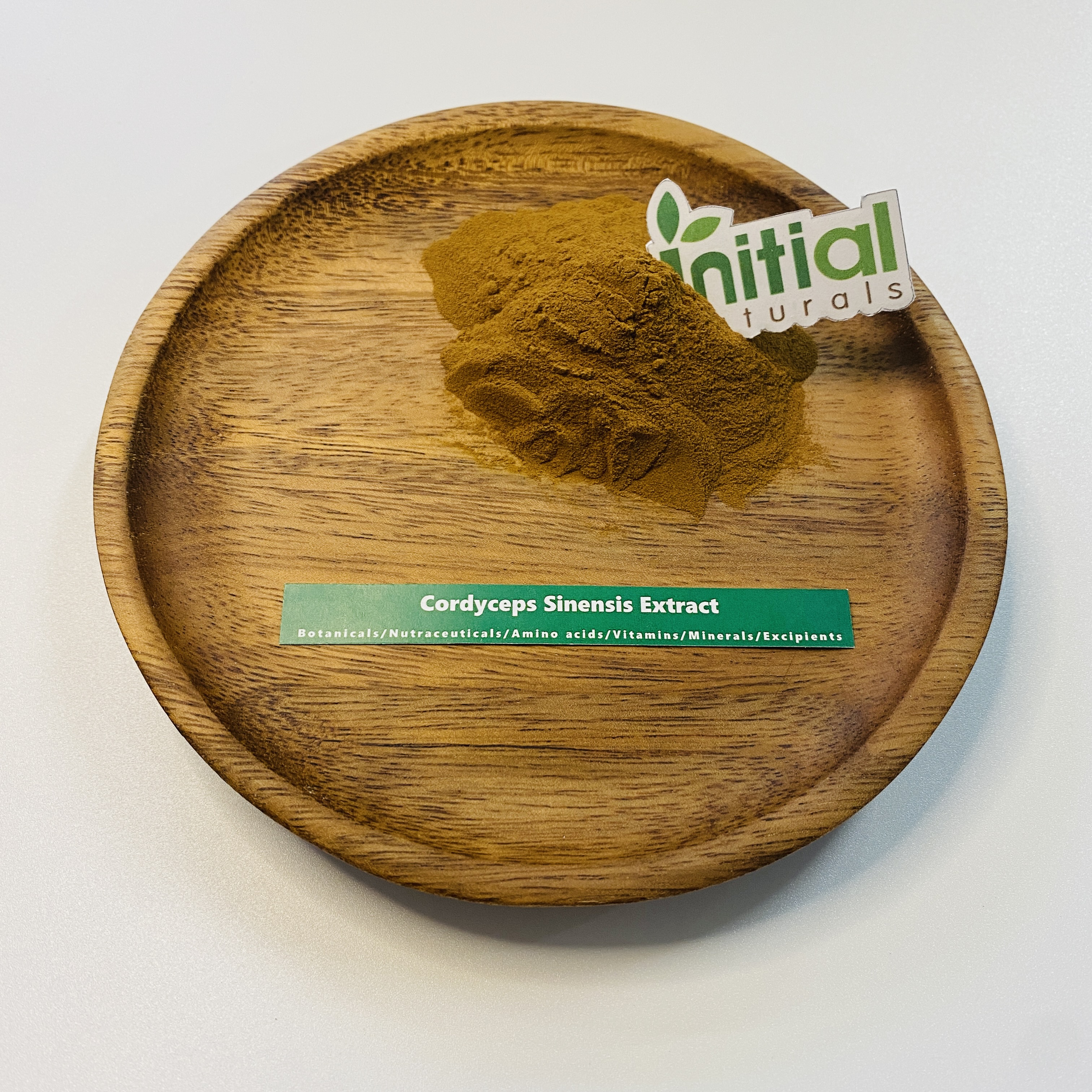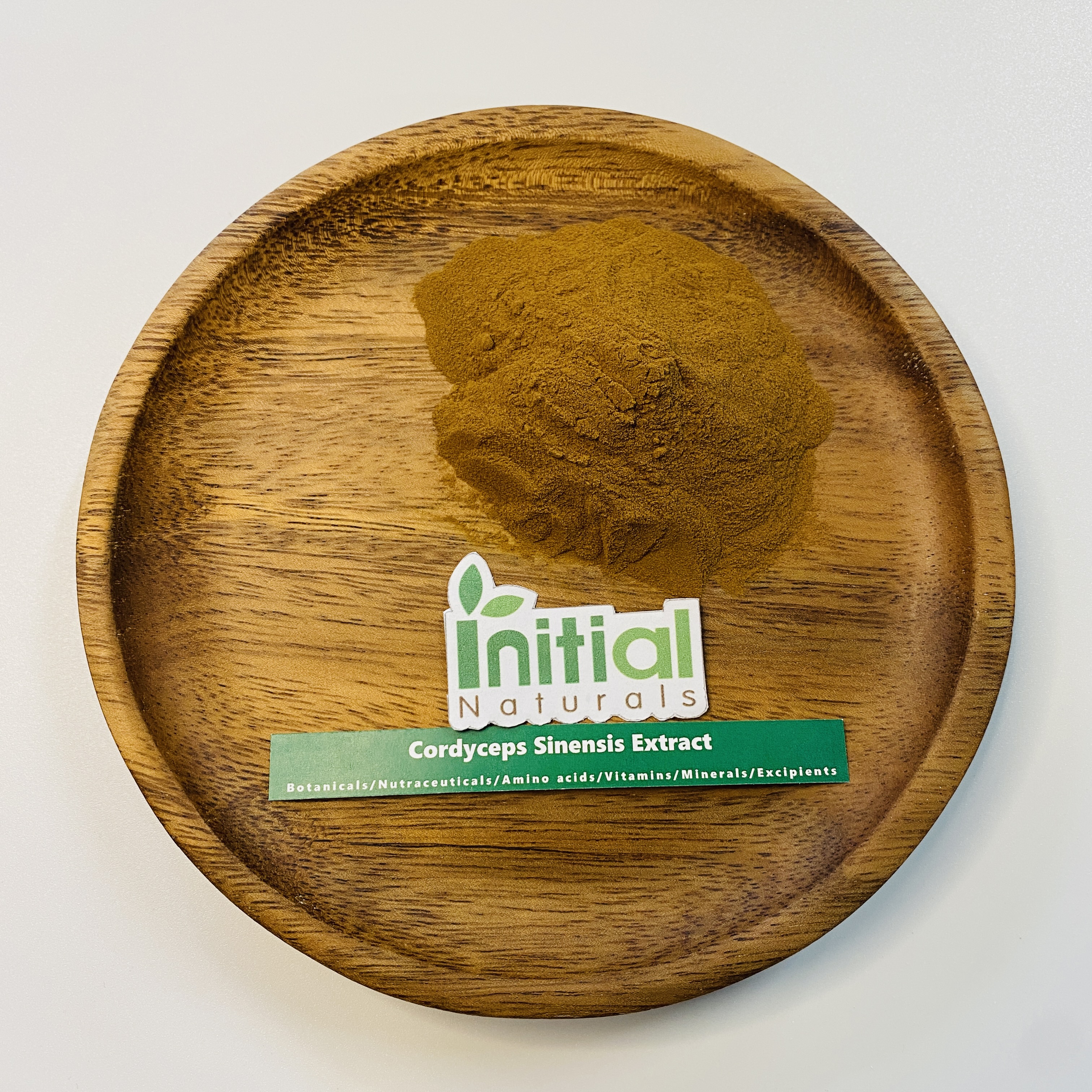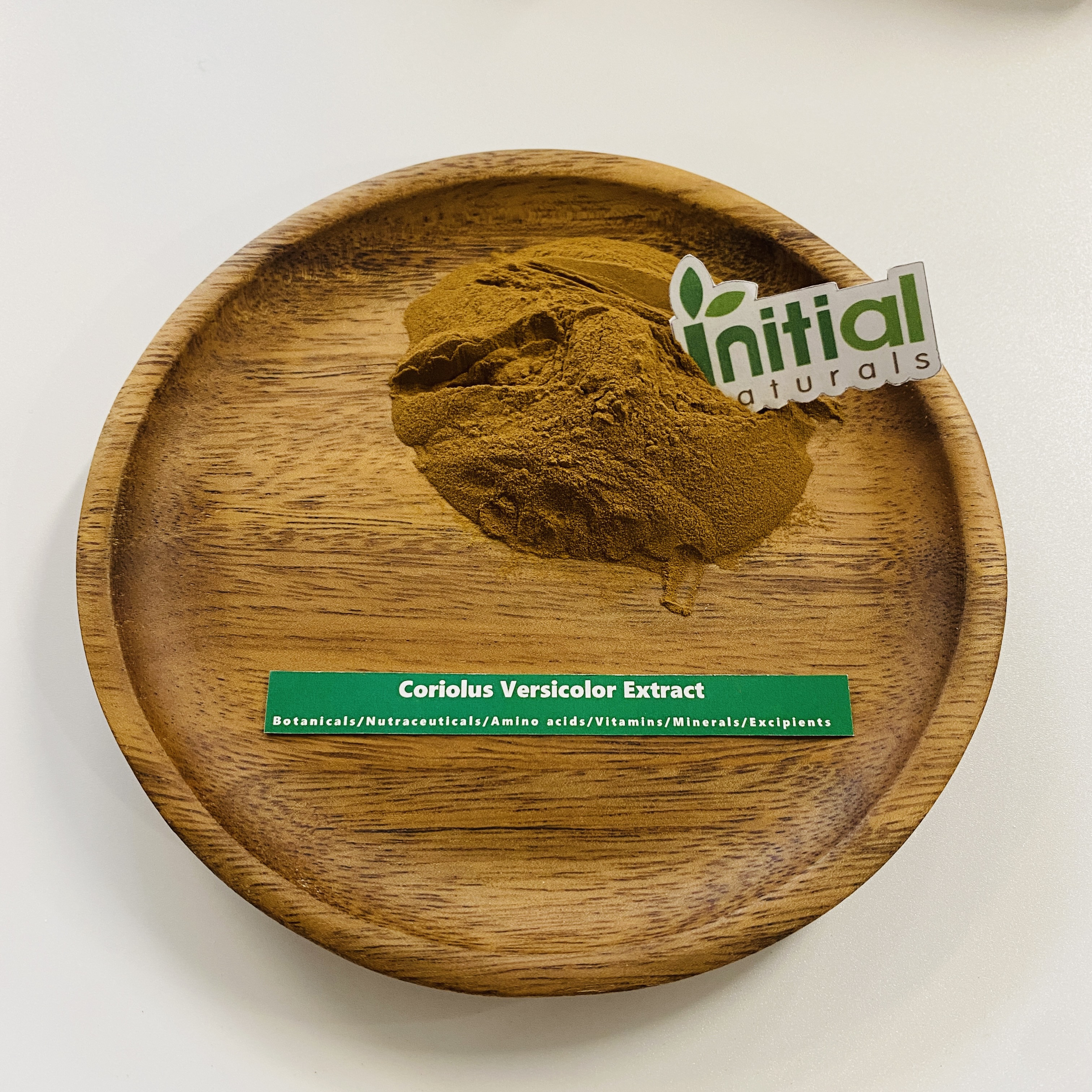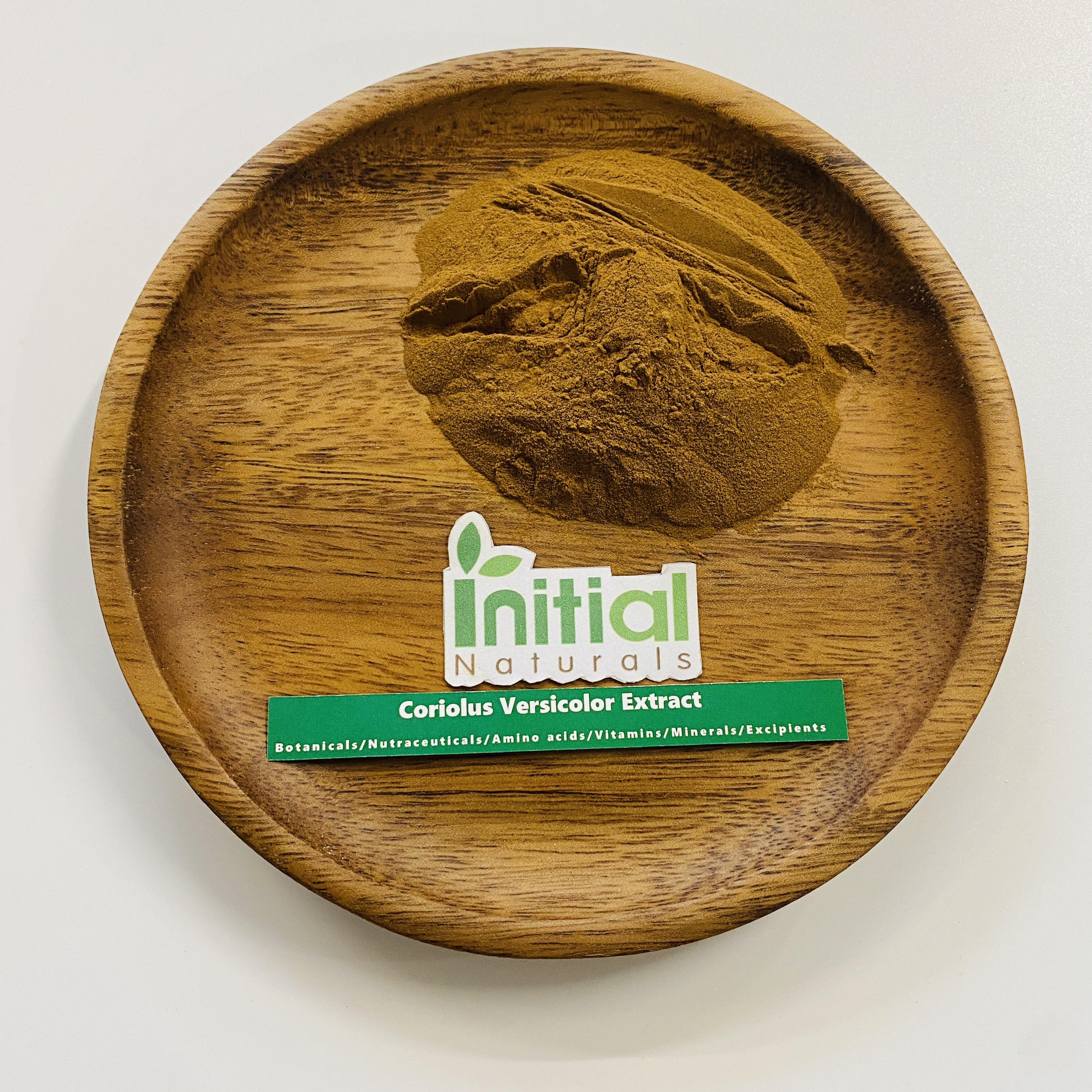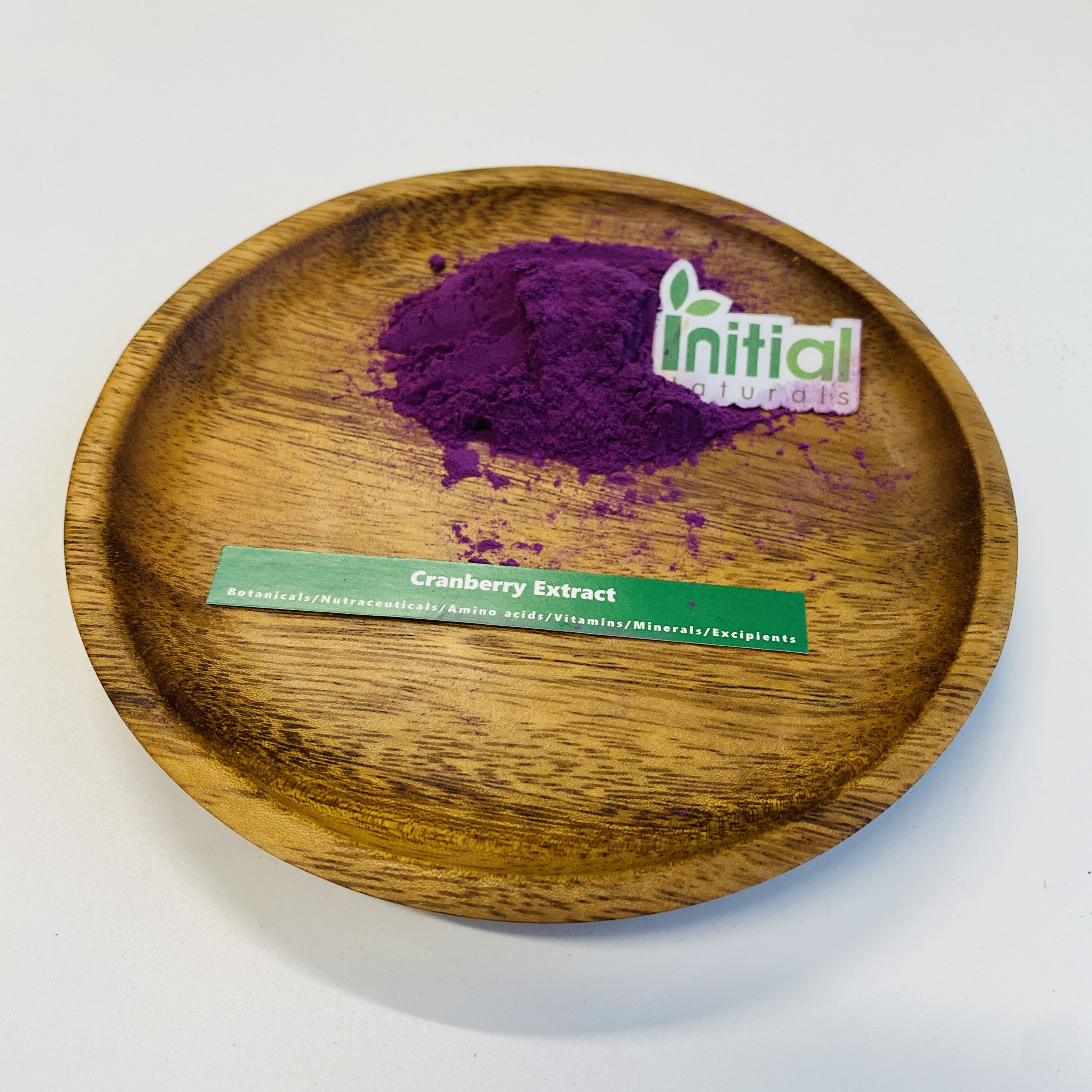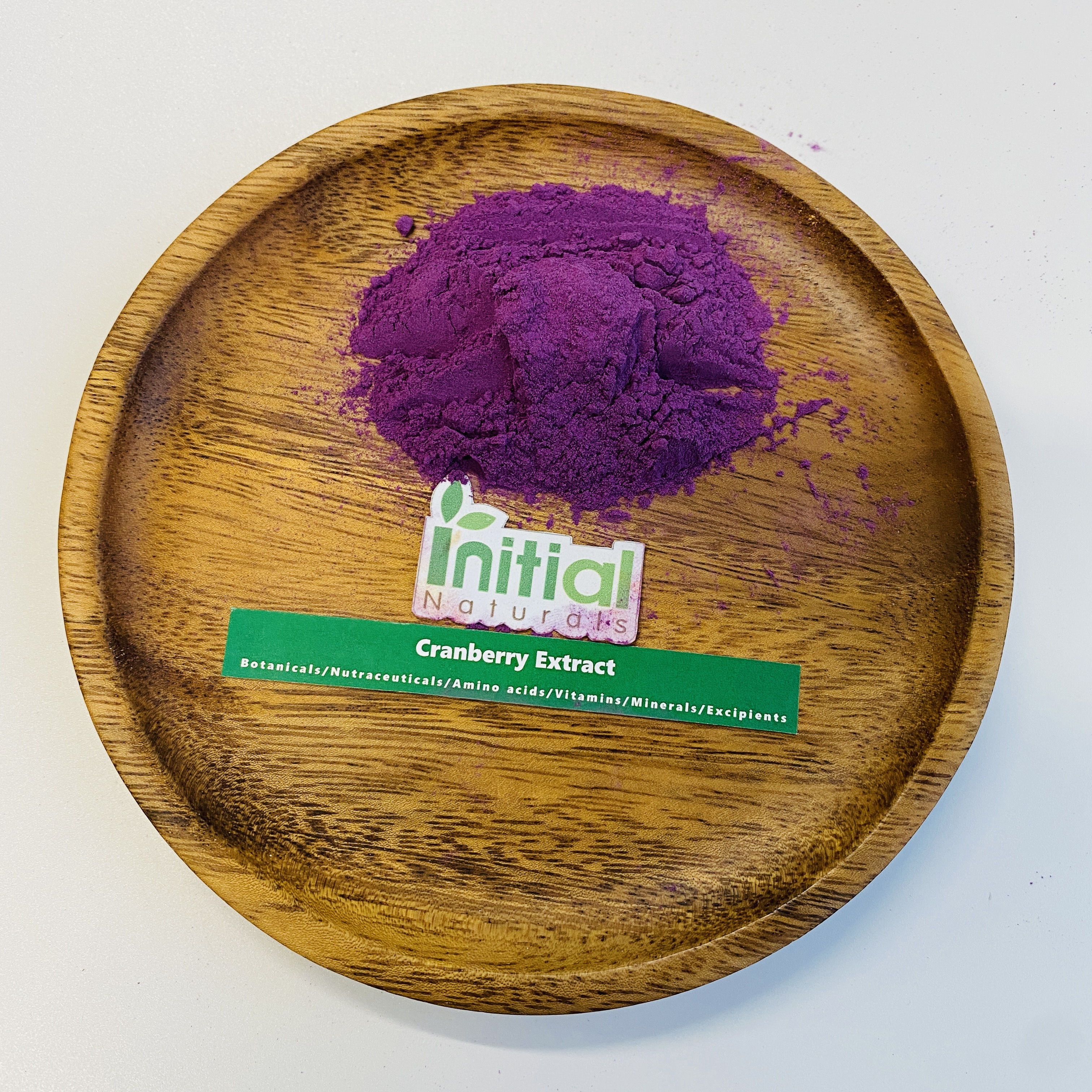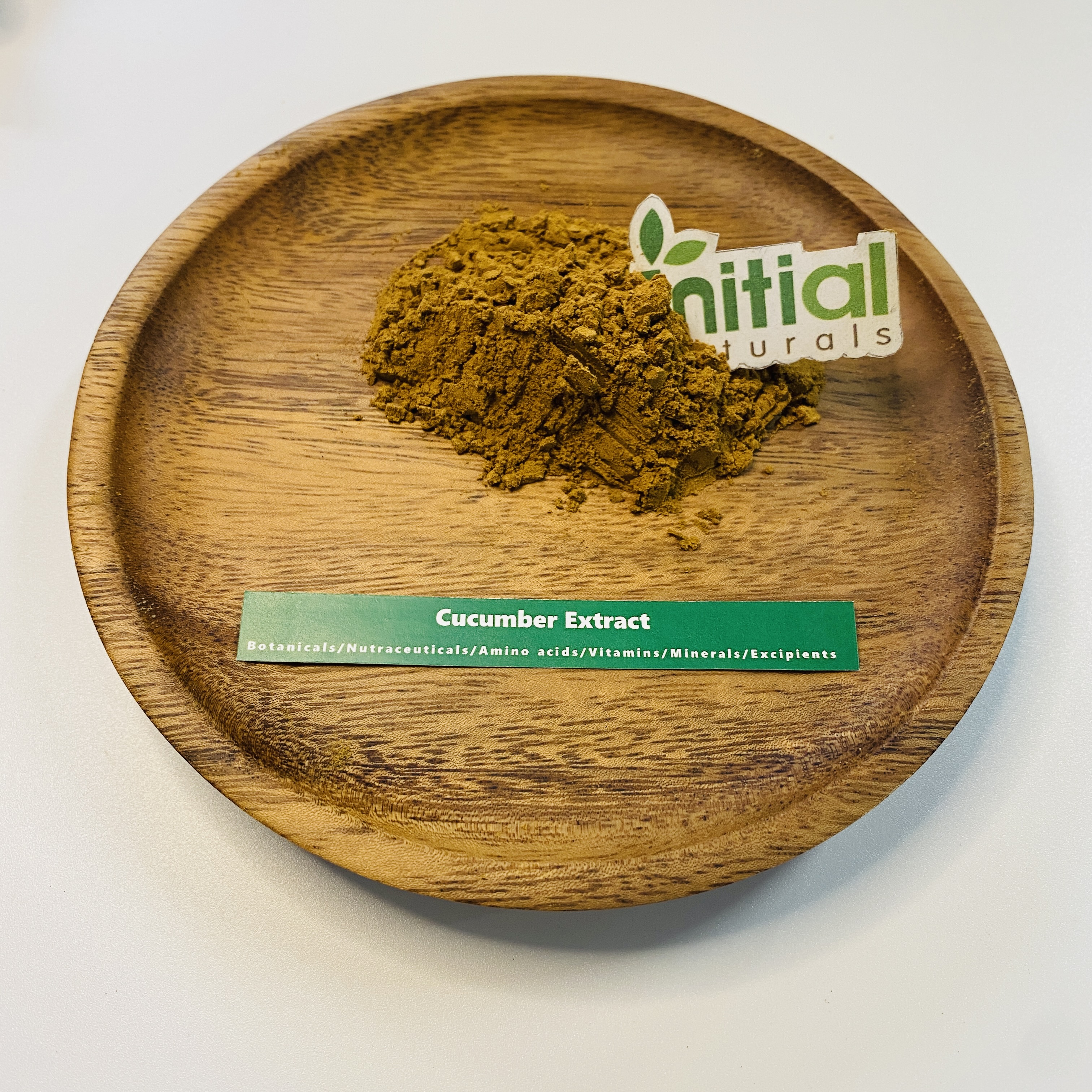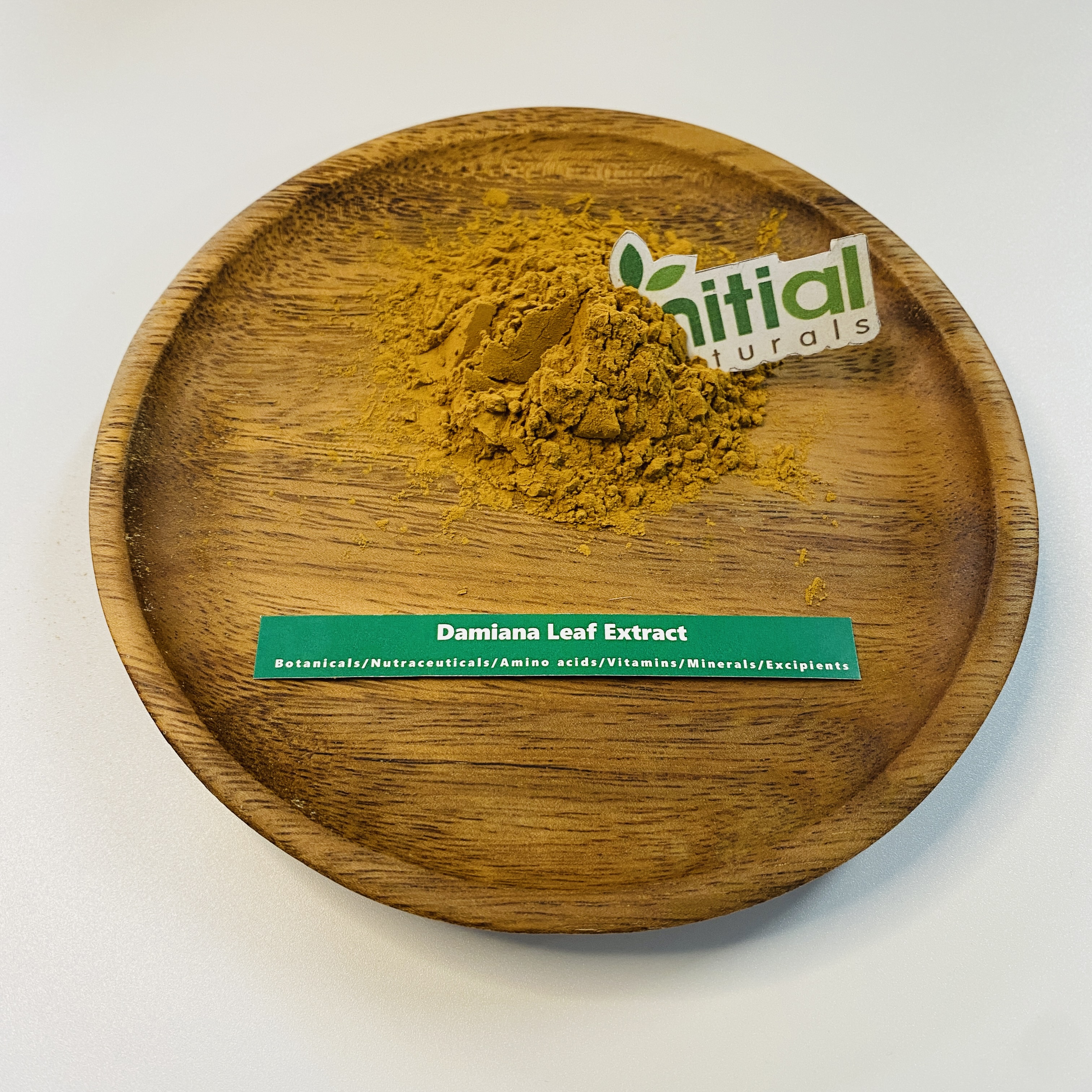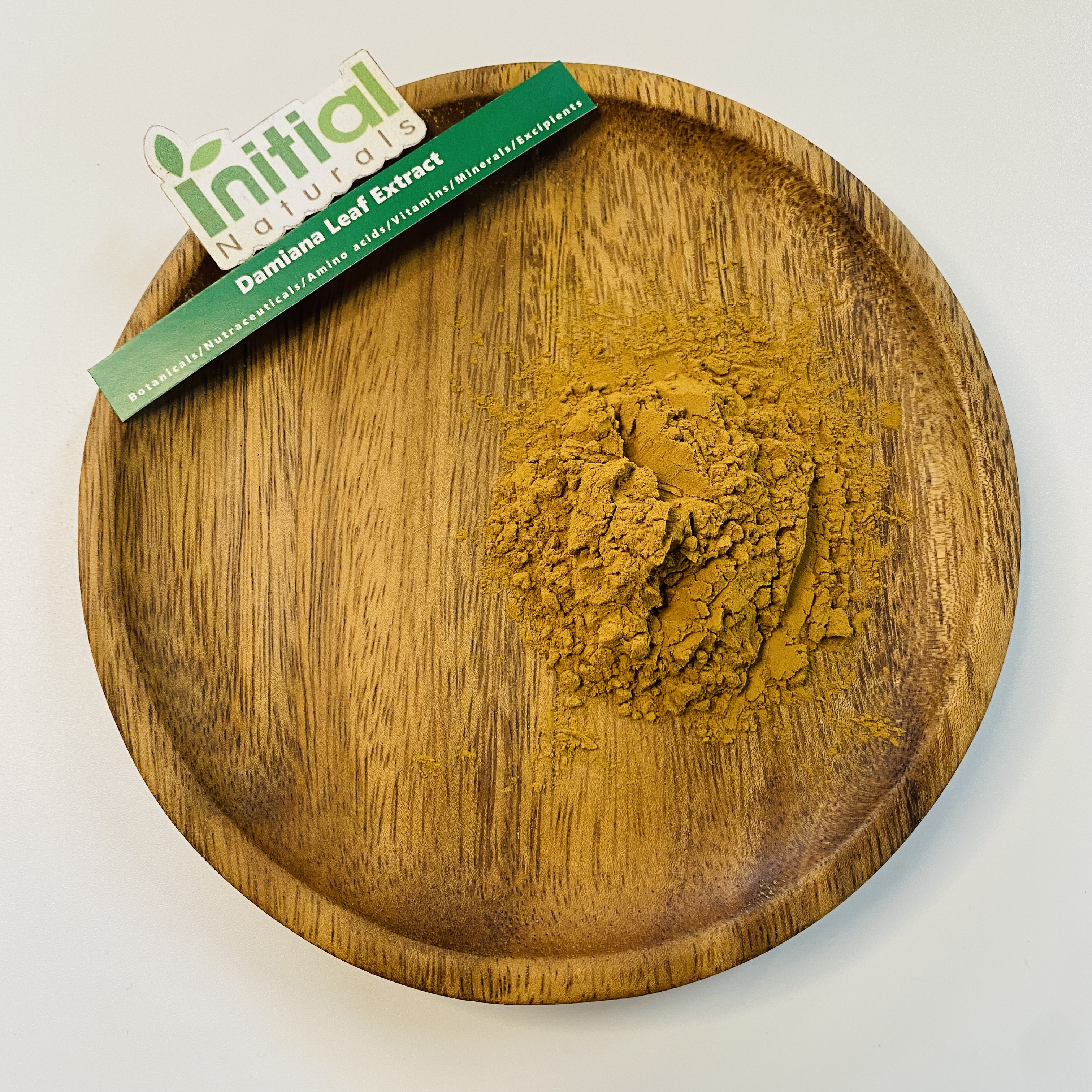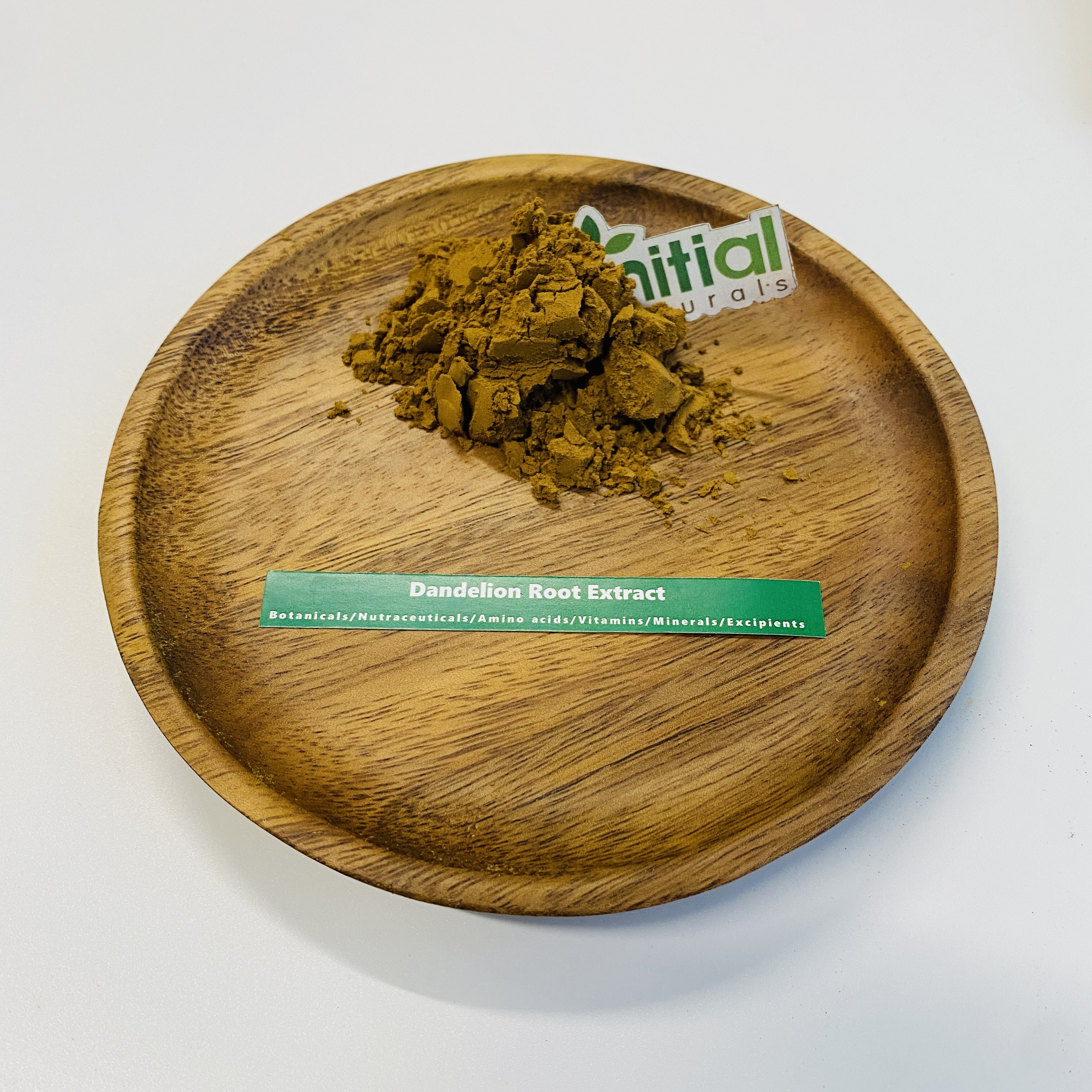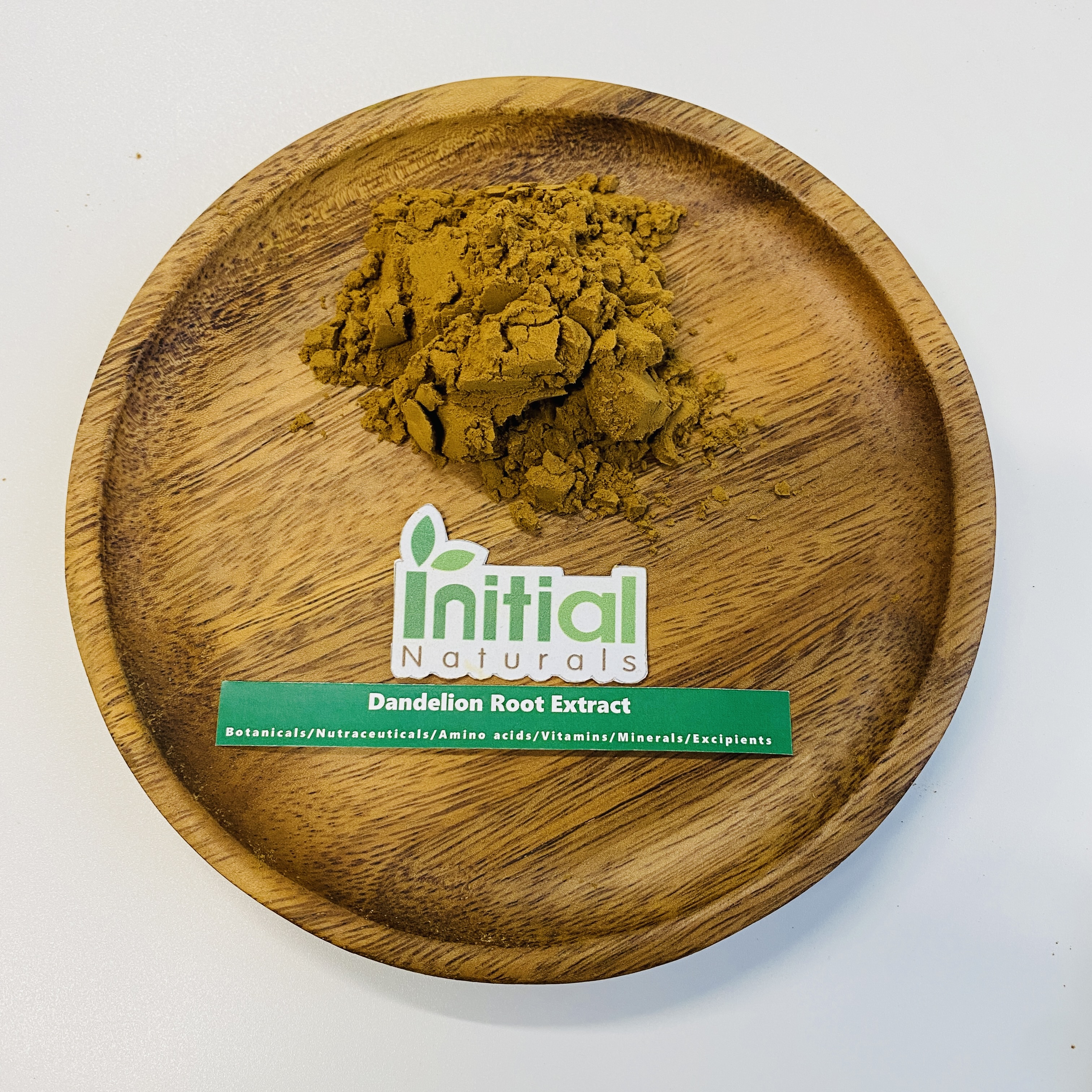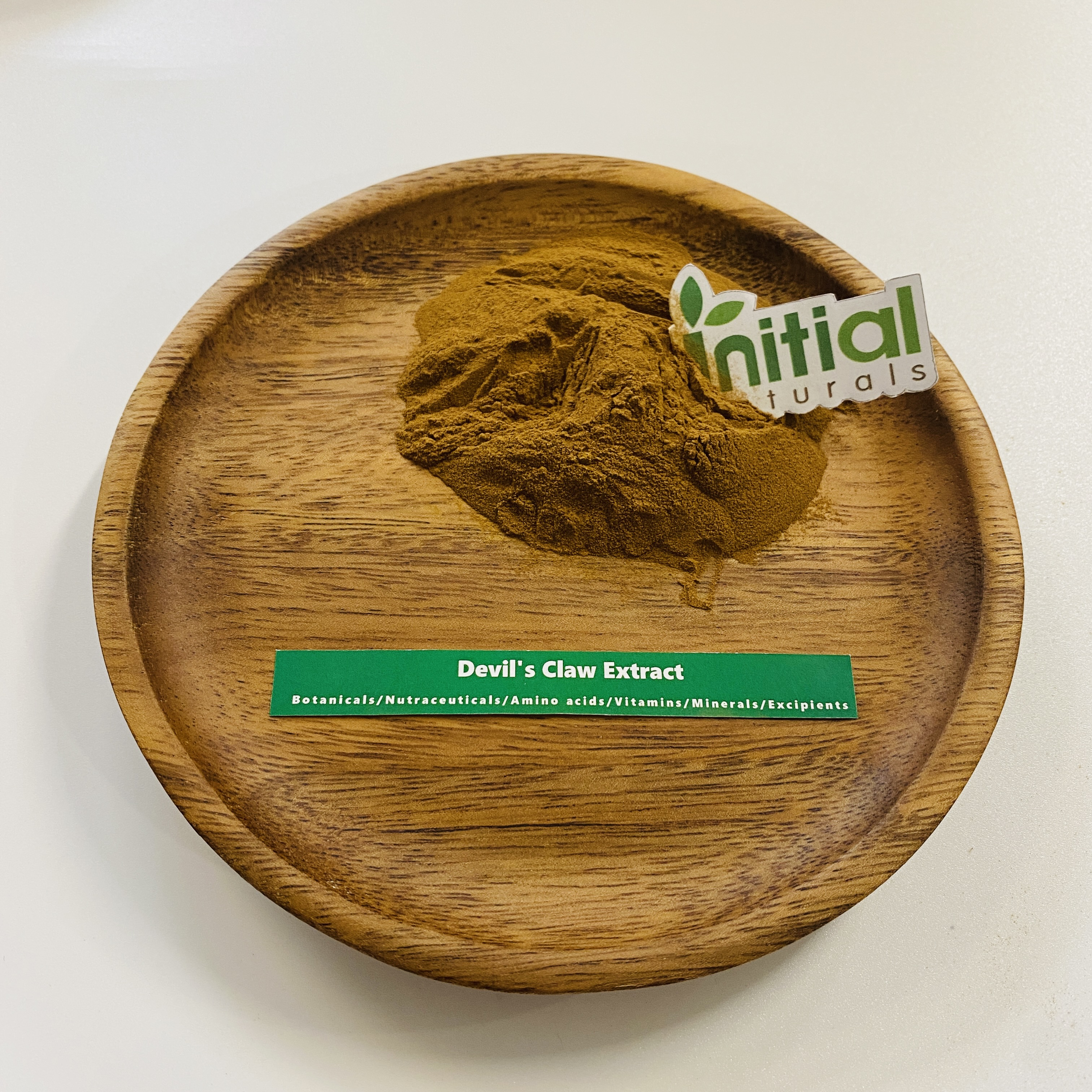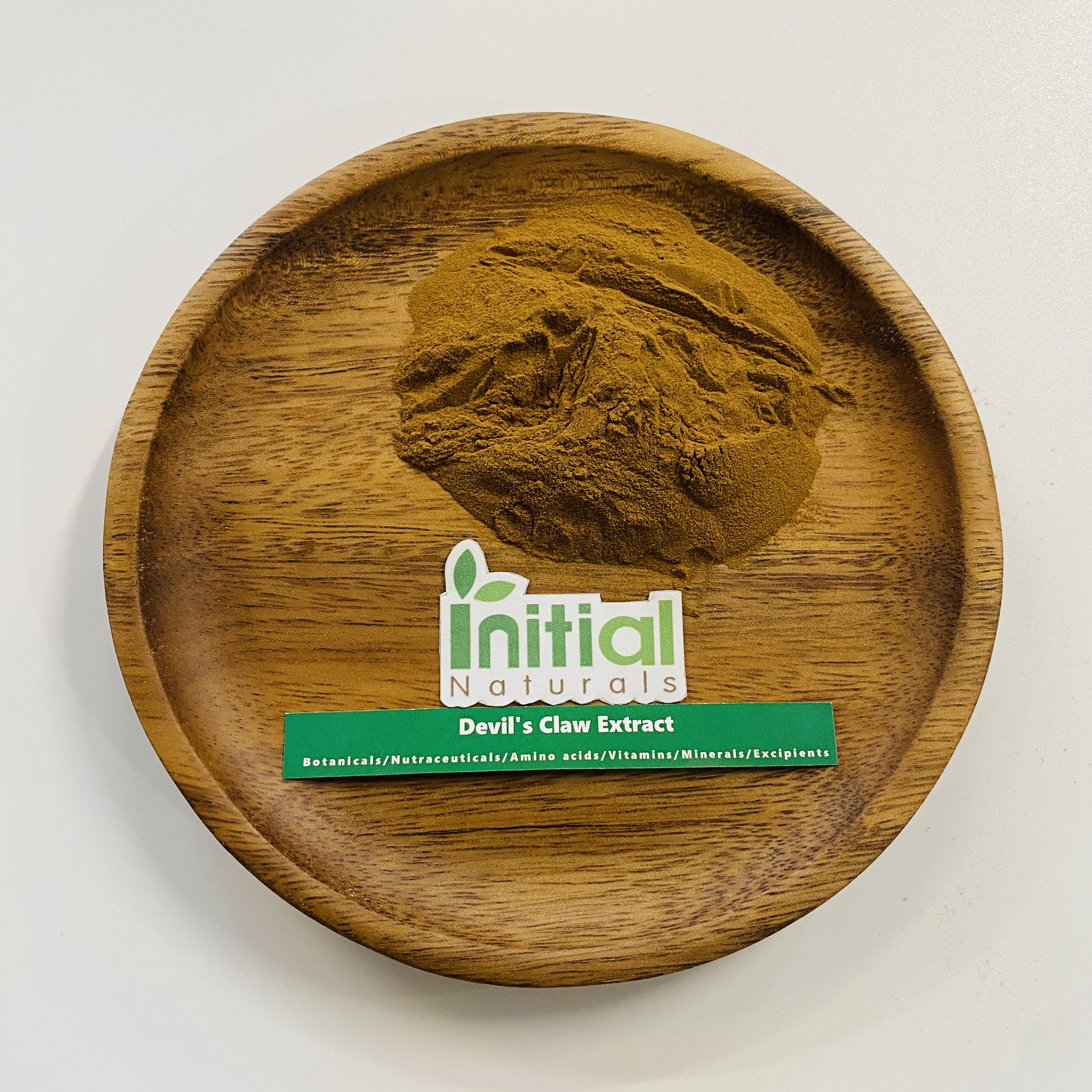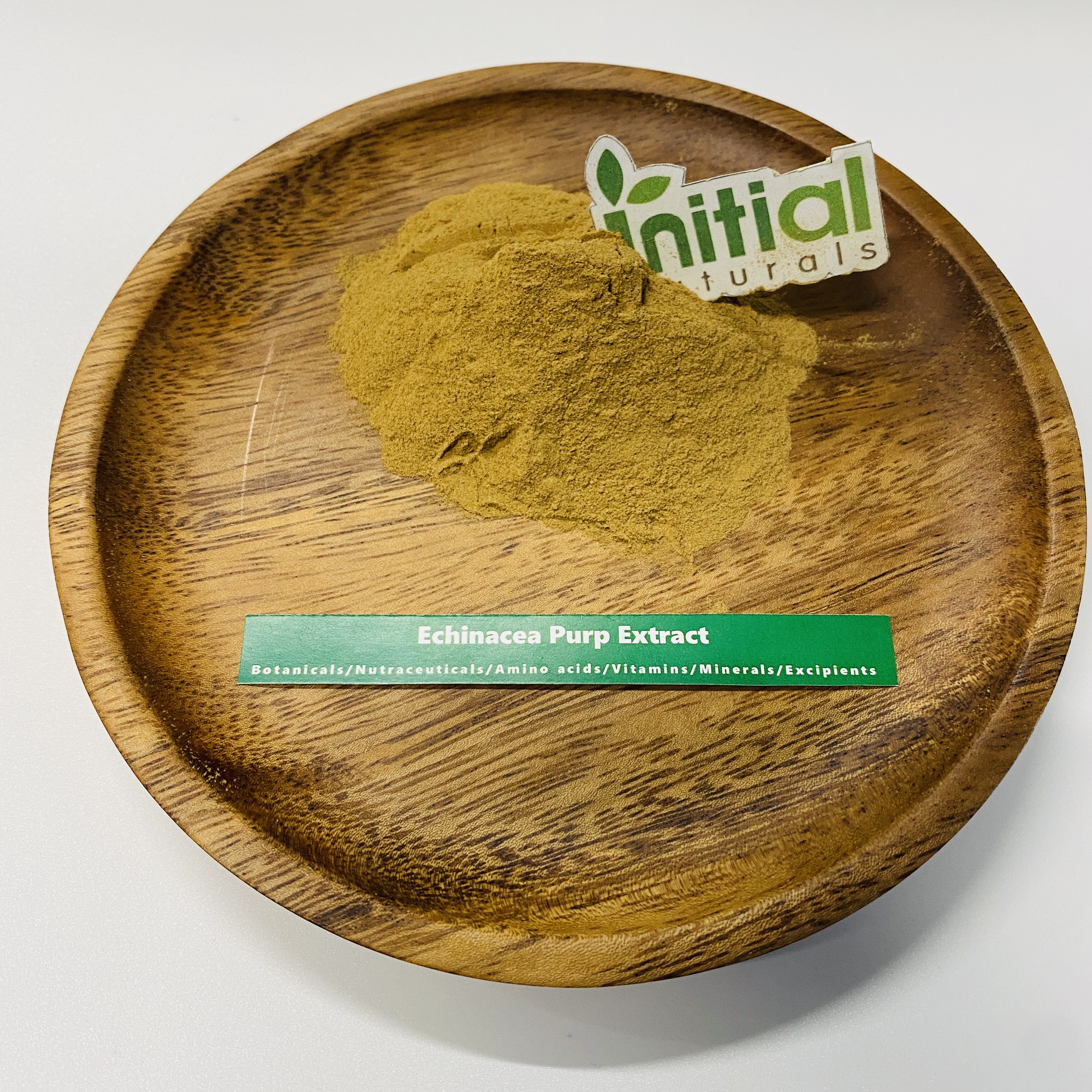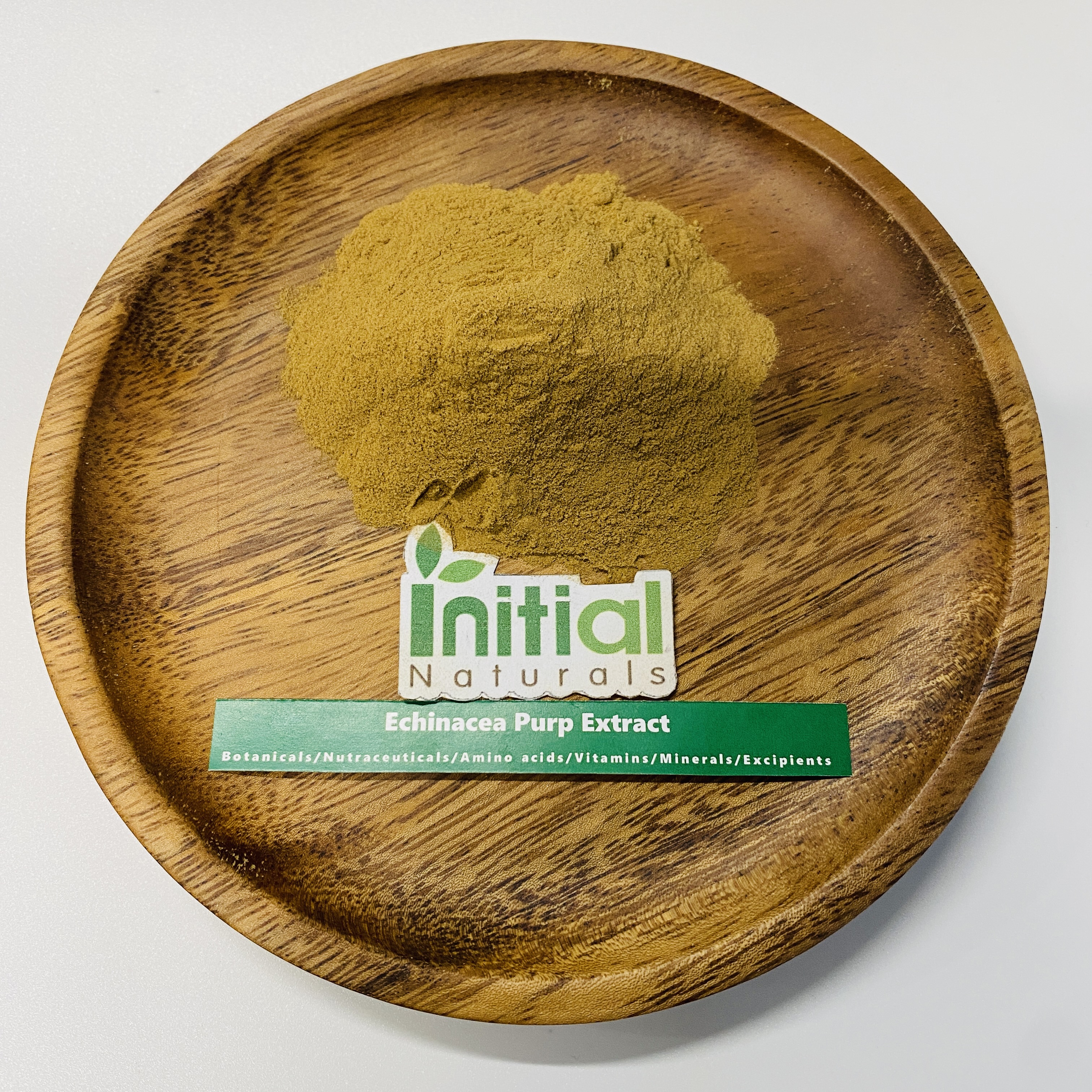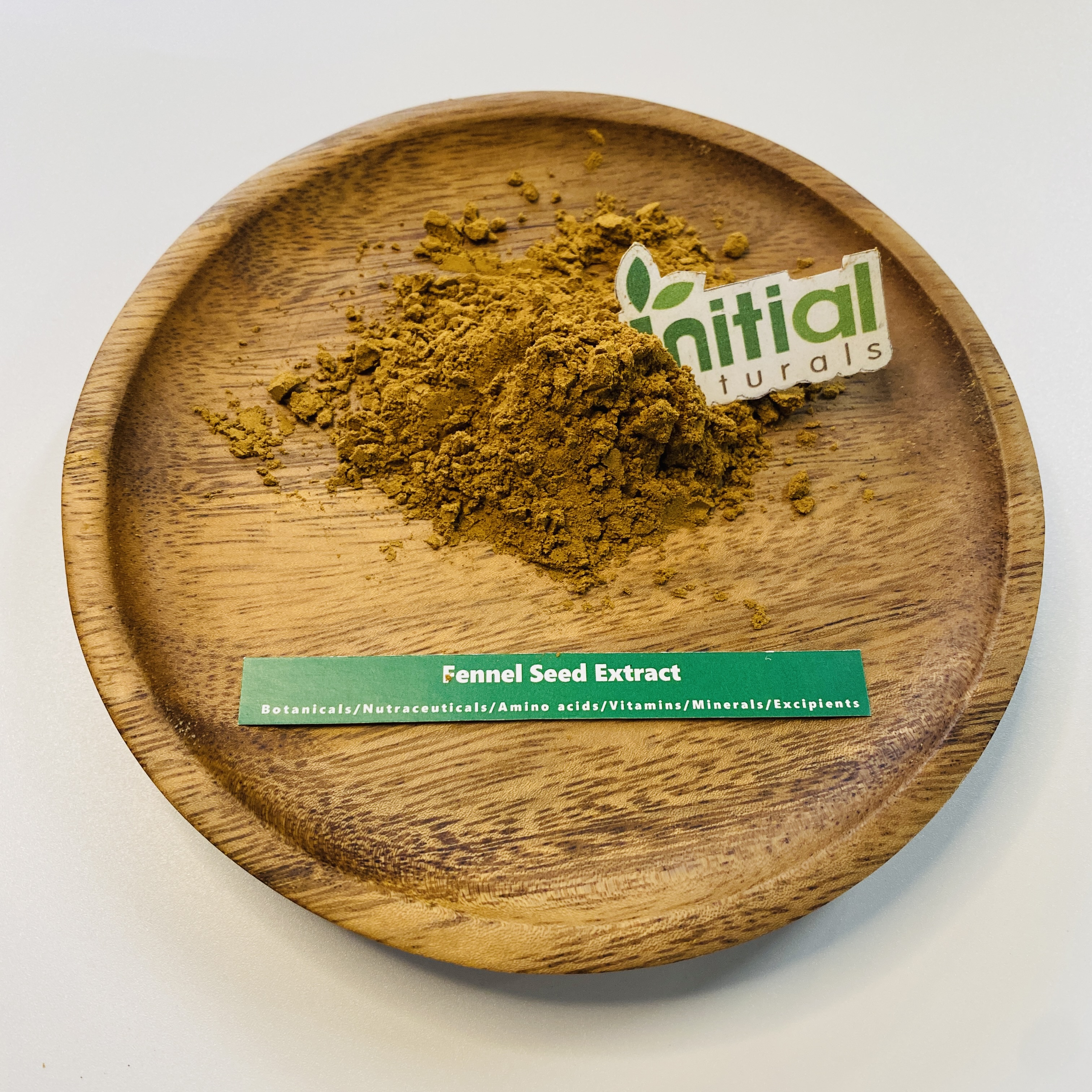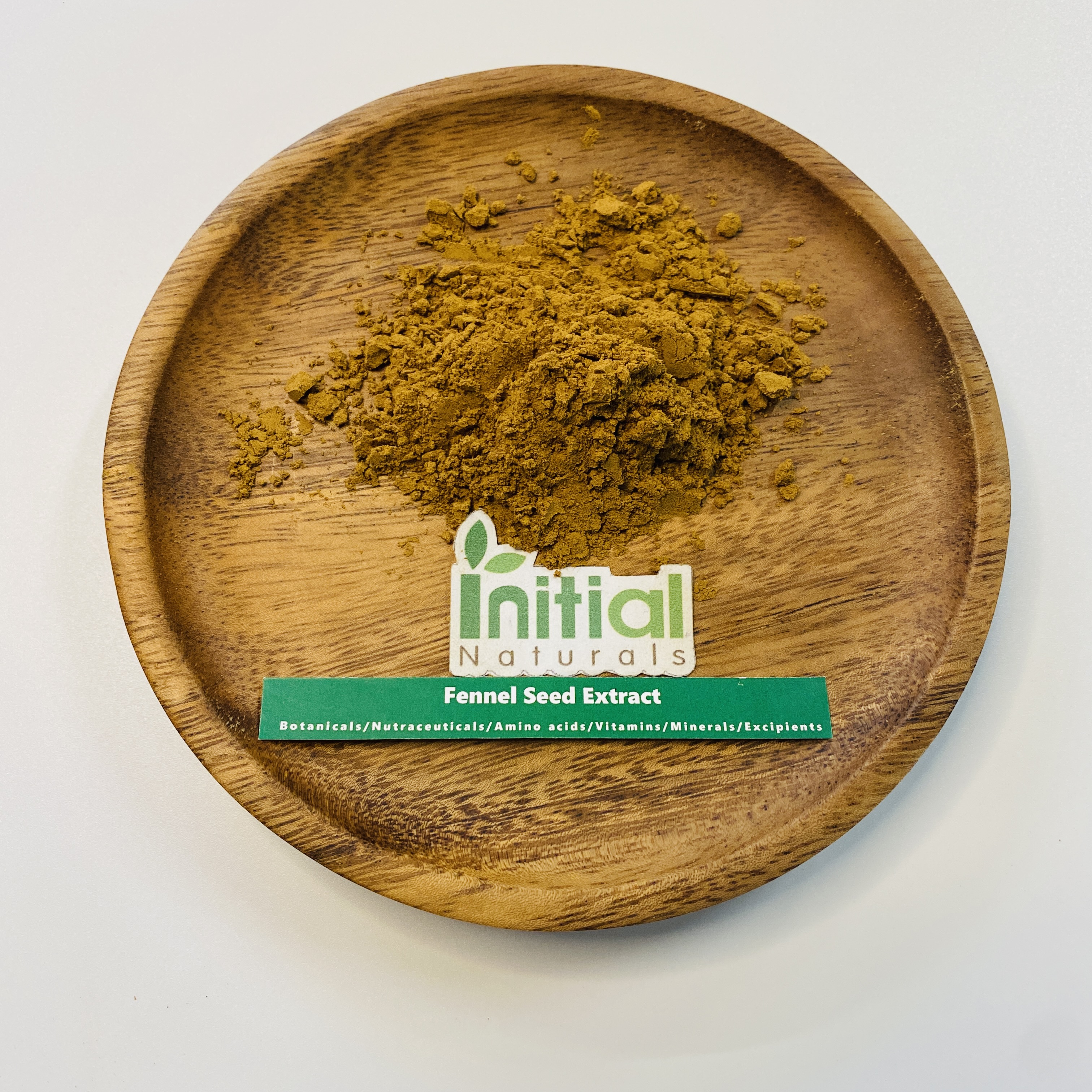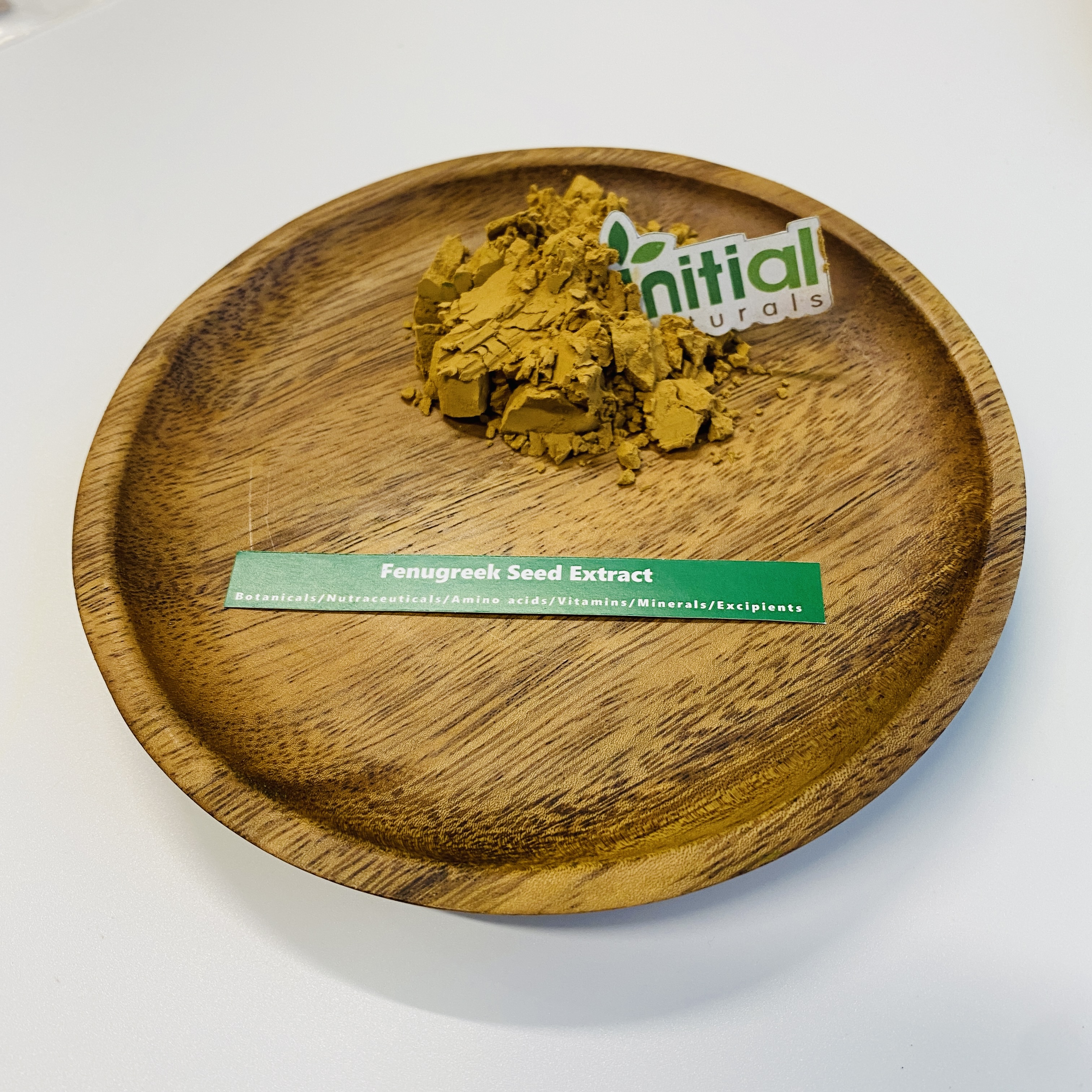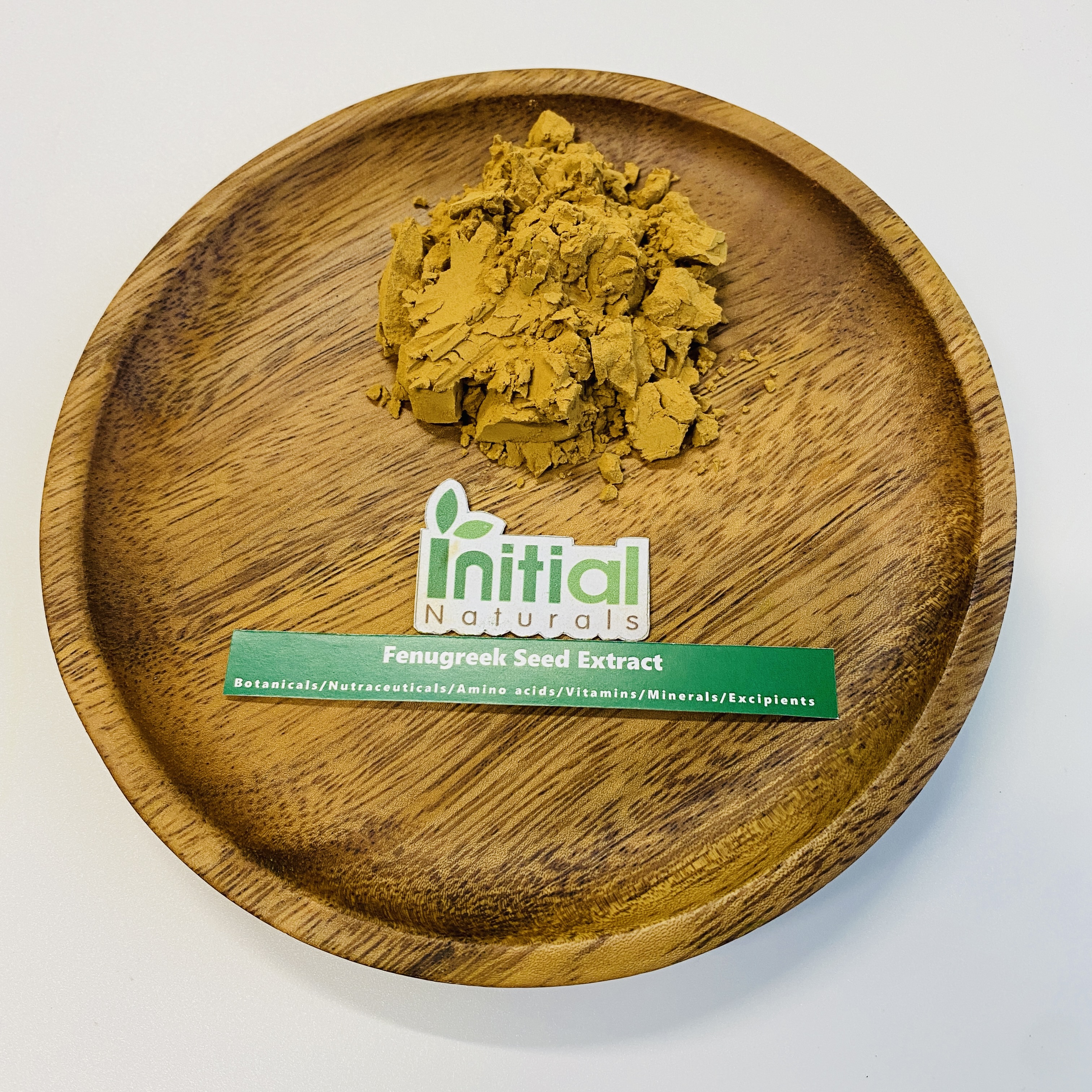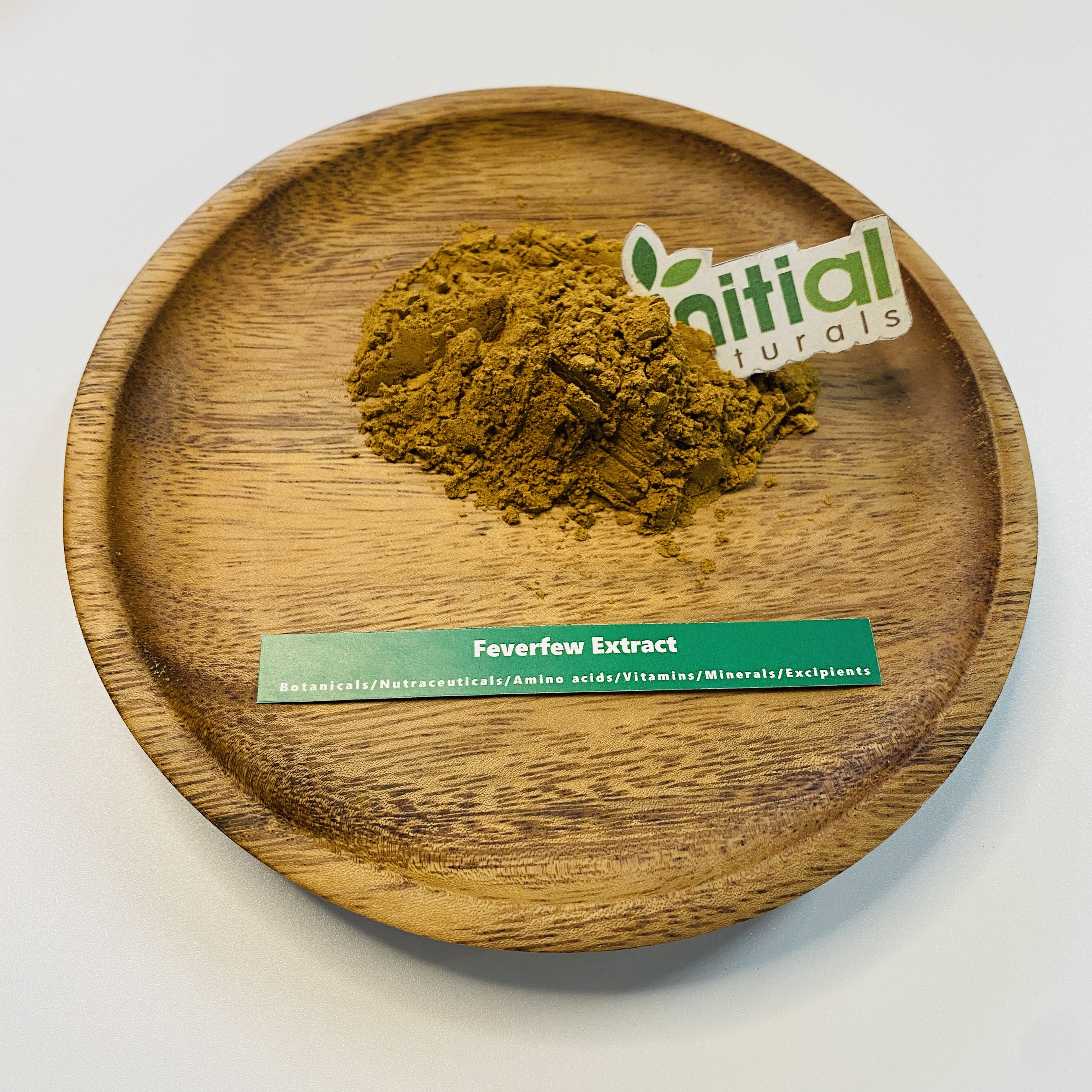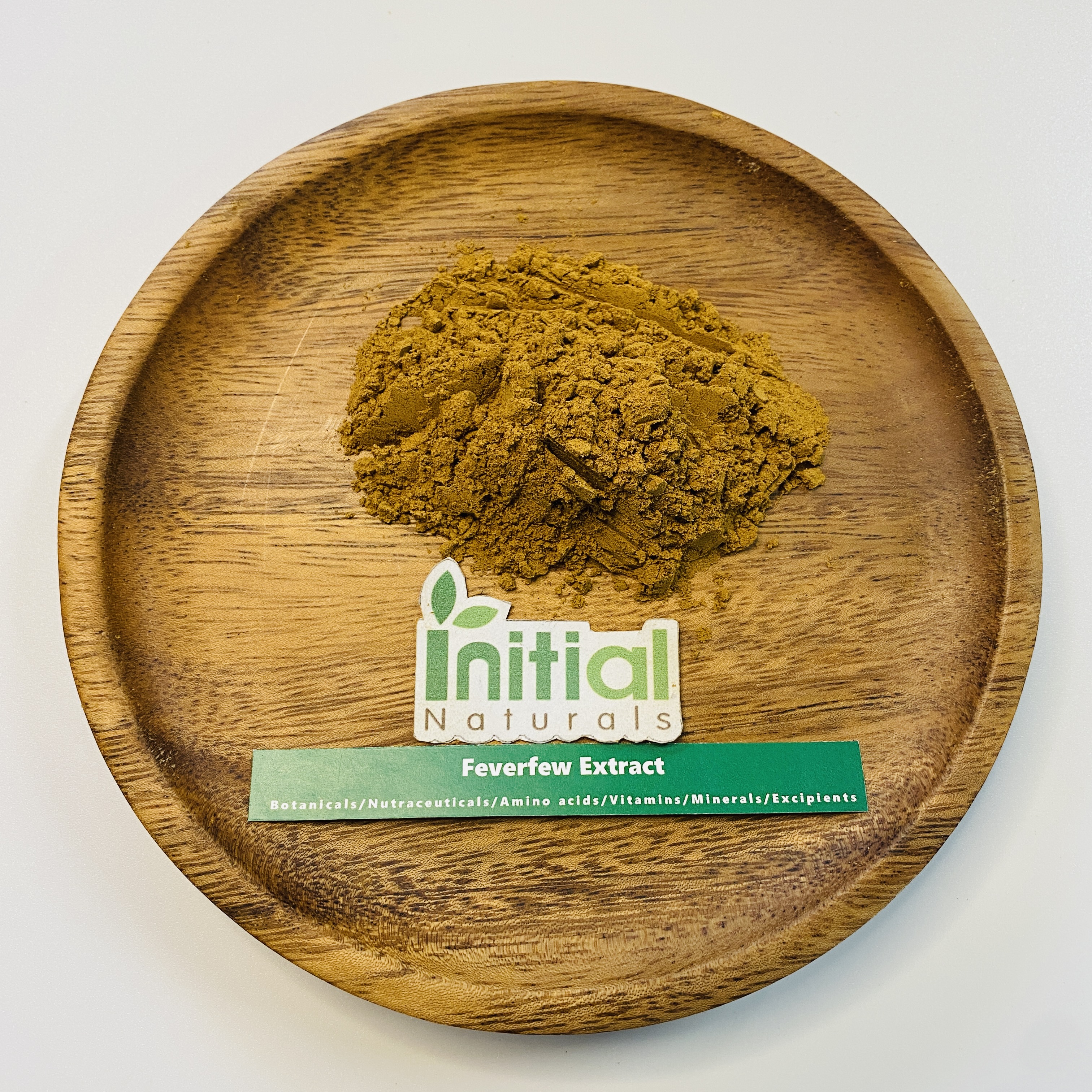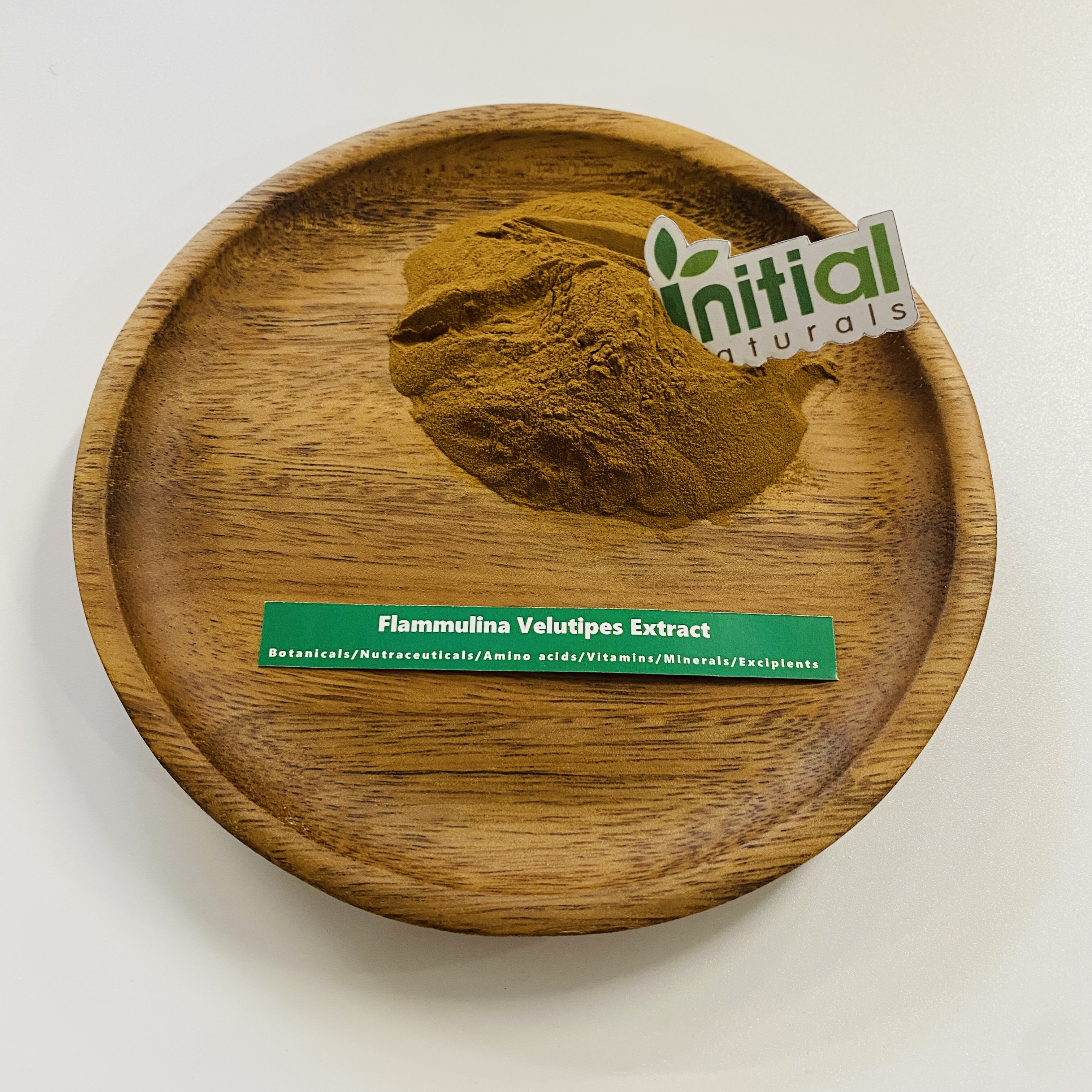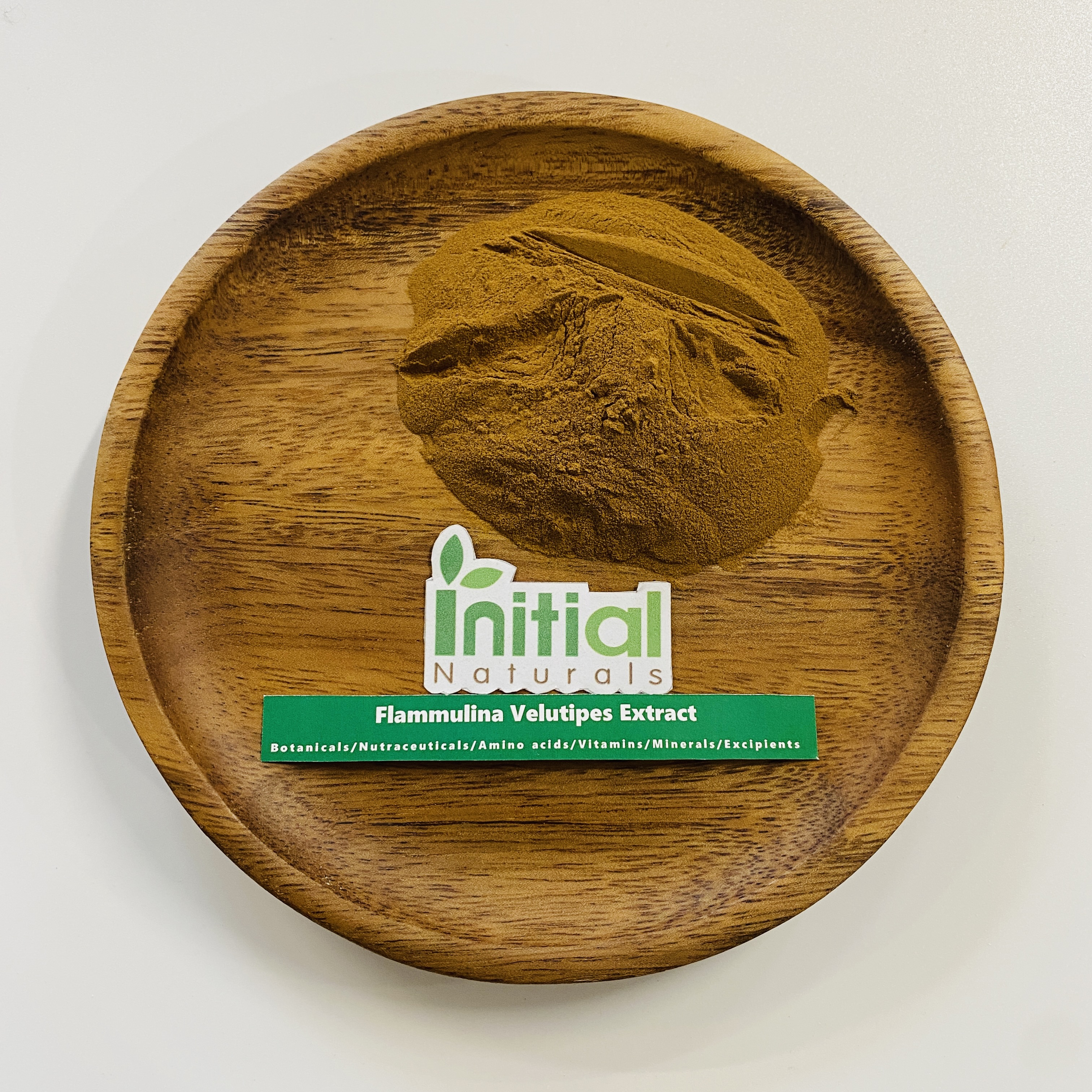Cordyceps Sinensis, which also named cordyceps, is a fungus that lives on certain caterpillars in the high mountain regions of China. Natural cordyceps is hard to get and may be expensive. Most supplements are made with cordyceps grown in a laboratory and Factor.
-


-


The turkey tail mushroom comes from the Trametes versicolor family, formerly Coriolus versicolor (or “cloud mushroom”). It’s one of the 100 species of mushrooms that have been researched for their medicinal properties. Turkey tail mushroom grows on dead logs in woodland environments worldwide and gets its name from the brown and tan rings that look like the tail feathers of a turkey. It’s a type of bracket fungi, which means that it forms thin, circular structures that appear leaf-like.
-


Cranberries, grow mainly in the acidic peat soil in the cool regions of the northern hemisphere.Supply High Quality Cranberry Extract Powder Flowers dark pink, raceme. Red berries can be eaten as fruits. It is a bright red skin with berries growing on dwarf vines. Cranberry is a kind of natural antibacterial and health-care fruit. It is the best natural dietary therapy to prevent and treat various bacterial infections, urethritis, cystitis and chronic sputum nephritis in women's daily urinary system. Cranberry is one of the few crops that can grow in acidic soils.
-


The cucumber (Cucumis sativus) is a widely cultivated “gourd” and member of the Cucurbitaceae plant family. Cucumbers have been studied most in regard to their diuretic effects. This has earned them a reputation as a healing food in both traditional folk medicine and modern medicine.Technically, is a cucumber a fruit or a vegetable? It’s actually a fruit, although treated more like a vegetable.
-


Damiana (Turnera diffusa and Turnera aphrodisiaca) is a medicinal plant that is native to the southern United States (especially Texas), Central America and South America. This herb is technically a small shrub that produces yellow flowers. It’s a member of the plant family called Turneraceae and goes by many names around the world, such as Mexican holly, damiana aphrodisiaca, damiane, feuille de damiana and herba de la pastora.
-


Dandelions, also known as Taraxacum officinale, are a type of flowering plant native to Europe, Asia and North America. Dandelions produce many small yellow flowers, called florets, which collectively form one flower head. Once it has finished flowering, the flower head dries out, the florets drop off and a seed head is formed. The dandelion seeds are then naturally dispersed by the wind … or those looking to score a free wish.
-


The term “devil’s claw” or “devil’s claw root” refers to Harpogophytum procumbens, a plant found in the Kalahari savanna of southern Africa, Madagascar and the Namibian steppes.Devil’s claw also contains useful bioflavonoids and phytosterols, which are plant-based antioxidants with antispasmodic properties.
-


Echinacea is a native North American coneflower that was discovered and used as a traditional herbal remedy for more than 400 years by the Great Plains Indian tribes. Technically classified as an herb, several species of the echinacea plant are used to make medicine from its flowers, leaves and roots.
-


Fennel is a celery-like winter vegetable with an interesting licorice-like flavor. Although the taste may take some getting used to at first, fennel provides an enormous amount of health benefits.
The plant originated in the Souther Mediterranean region and through cultivation began to grow wild throughout the Northern, Eastern and Western hemispheres. -


Fenugreek (Trigonella foenum-graecum) is a medicinal plant that belongs to the Fabaceae family, and it used extensively in various parts of the world as an herb, food, spice and therapeutic agent. Fenugreek seeds are particularly popular and commonly used in kitchens throughout India. The seeds are also ground or pressed to make extractions for medicine.
-


The feverfew plant (Tanacetum parthenium) is a short bush with daisy-like flowers belonging to the Asteraceae or Compositae family that was originally native to the Balkan Mountains of Eastern Europe. It now grows throughout Europe, North America and South America.
-


Enoki mushrooms(Flammulina Velutipes) are a very nutrient-dense food. This means that each serving supplies a wide array of important vitamins and minerals for a low amount of enoki mushroom calories. In particular, enoki mushrooms are a good source of fiber and B vitamins, such as niacin, thiamine and riboflavin.The enoki mushroom also has been linked to a number of different mushroom nutrition benefits and has been well-studied for its anti-cancer, immune-boosting effects.


